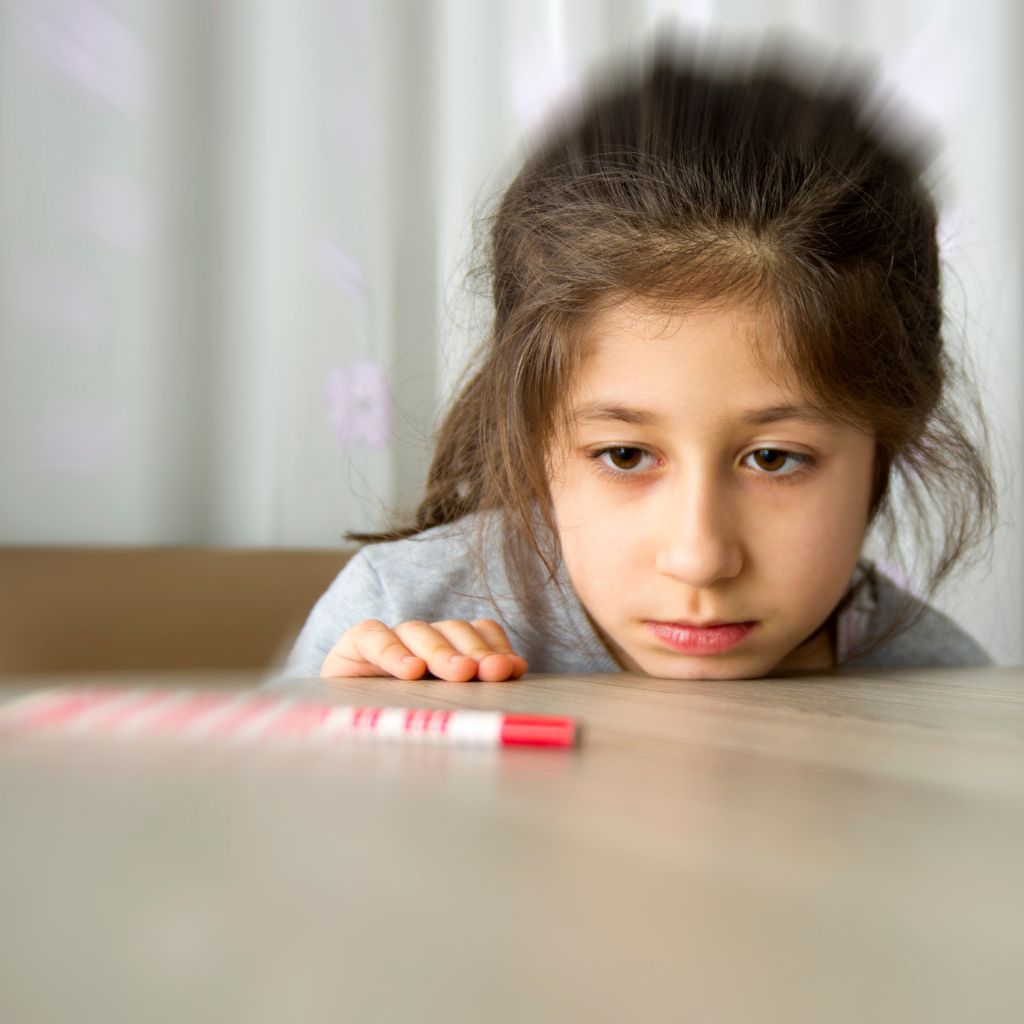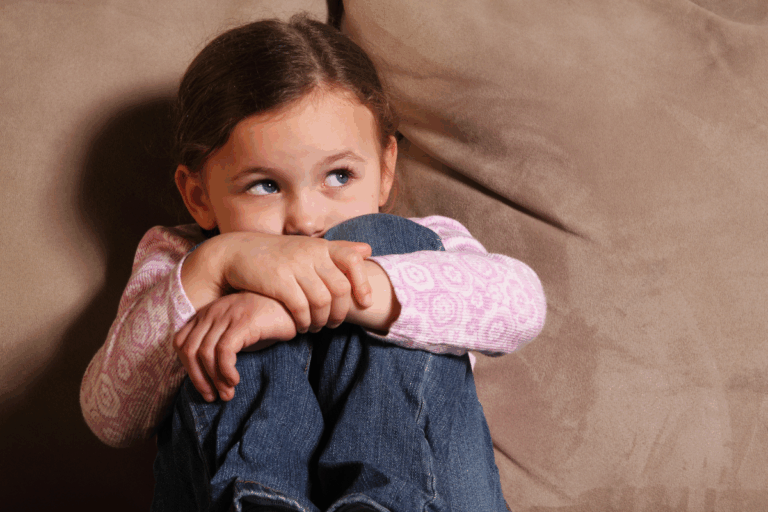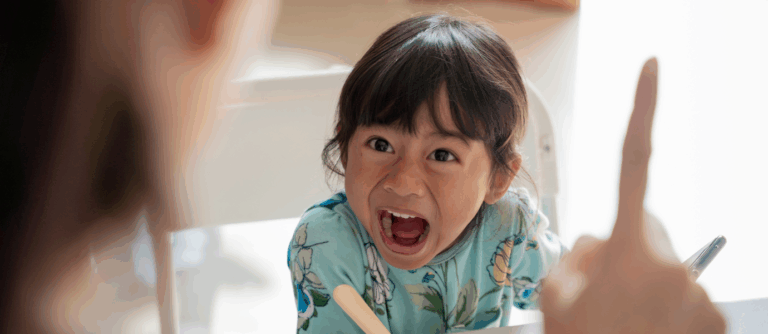
Obsessive-Compulsive Disorder (OCD) can show up in children quietly, almost unnoticed at first. What starts as a simple habit—washing hands a little too often, checking locks before bed—can gradually grow into something more consuming. Unlike adults, children often don’t recognize their thoughts or behaviors as excessive, which can make early signs harder to detect. But when those patterns begin to interfere with school, routines, or relationships, it’s time to take a closer look. Understanding what OCD looks like in children is the first step toward getting them the right support—and helping them feel more in control of their world again.
What Is OCD in Children?
OCD in children is characterized by obsessions—intrusive, unwanted thoughts or images—and compulsions, which are repetitive behaviors meant to neutralize anxiety. When these thoughts and rituals become frequent (more than an hour a day), interfere with schooling, play, or family life, and spark significant distress, a diagnosis is likely.
In the U.S., 1–2% of children will develop OCD before adulthood—translating to roughly 3 million kids, or about 1 in every 100 schoolchildren. Most onset occurs between ages 8-12, though symptoms can appear as early as age 4.

Signs of OCD in Children
Identifying OCD in kids can be tricky—many compulsions mimic typical developmental behaviors, like bedtime routines or lining up toys. Red flags become clear when the behaviors:
- Consume significant time (over 1 hour daily) and cause distress
- Involve intense fear of contamination, checking, symmetry, or superstitious beliefs
- Trigger tantrums, school avoidance, fatigue, or insomnia
- Include magical thinking—believing rituals can prevent harm to loved ones
Some common obsessions & compulsions:
| Obsession Type | Compulsive Response |
| Fear of germs | Over‑washing (e.g., hands >10×/hour) |
| Checking routines | Repeatedly locking doors, checking homework |
| Symmetry/order | Aligning toys, counting objects |
| Magical thinking | Refusing “unlucky” numbers or colors |
Kids often don’t recognize these rituals as illogical—unlike adults—so empathy and gentle guidance are key.
What Causes OCD in Children?
Childhood OCD has multiple contributing factors:
- Genetics & neurobiology
Family risk is high: children with OCD often have parents or siblings affected; twin studies show 45–65% heritability in youth.
Brain imaging reveals differences in areas like the basal ganglia, prefrontal cortex, and neurotransmitters including serotonin and glutamate. - Environmental triggers
Stressful events—parental separation, moving, school transitions, infections like strep (PANS/PANDAS), or trauma—can precipitate sudden onset. - Developmental & psychological factors
Anxiety, perfectionism, or harsh parenting styles may contribute.
Given these overlapping influences, each child’s OCD journey is unique.
Why Early Intervention Matters
On average, children live with OCD symptoms for 2.5 years before getting help. Delays can worsen academic performance, social development, and family wellbeing. Left untreated, pediatric OCD often co-occurs with anxiety, depression, ADHD, and tics—and raises long-term risks.
Starting treatment early helps children regain control, reduce distress, and enjoy childhood again.
OCD Treatment for Children

1. Cognitive‑Behavioral Therapy (CBT) + Exposure & Response Prevention (ERP)
Considered first‑line treatment, ERP for OCD gently exposes kids to fears while withholding compulsion, building skill and confidence. Family involvement is essential; therapists often teach parents how to support without enabling rituals.
- Format can be 12–25 sessions, may include school consultation.
- Format can include telehealth—found to be as effective as in‑person.
2. Medication
When symptoms are moderate to severe, SSRIs/SNRIs may be added. Evidence shows combined CBT + SSRI yields better results than medication alone.
3. Family Therapy
Family-based CBT reduces resentment and teaches healthy responses to rituals—for example, offering praise rather than enabling.
4. Intensive Outpatient or Inpatient Programs
For children not improving, specialized programs (e.g., University of Florida OCD Program) offer daily therapy, medication oversight, and family education.
5. Monitoring & Booster Sessions
Many children get better; half maintain mild symptoms, while others improve significantly over time. Booster sessions help solidify gains.
Final Thoughts
Watching your child struggle with intrusive thoughts or repetitive behaviors can feel unsettling—especially when you’re unsure if it’s just a phase or something more. But if it’s starting to affect their daily life, it’s okay to pause and ask the hard questions.
OCD isn’t something children simply grow out of—but with the right support, they can learn how to manage it and feel more in control. Early help makes a big difference.
Responsibly edited by AI
Other Blog Posts in
Animo Sano Psychiatry is open for patients in North Carolina, Georgia and Tennessee. If you’d like to schedule an appointment, please contact us.
Get Access to Behavioral Health Care
Let’s take your first step towards. Press the button to get started. We’ll be back to you as soon as possible.ecovery, together.





